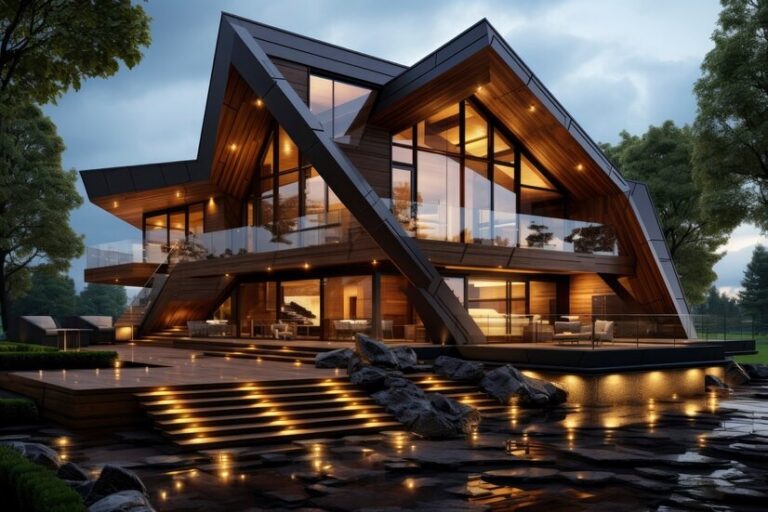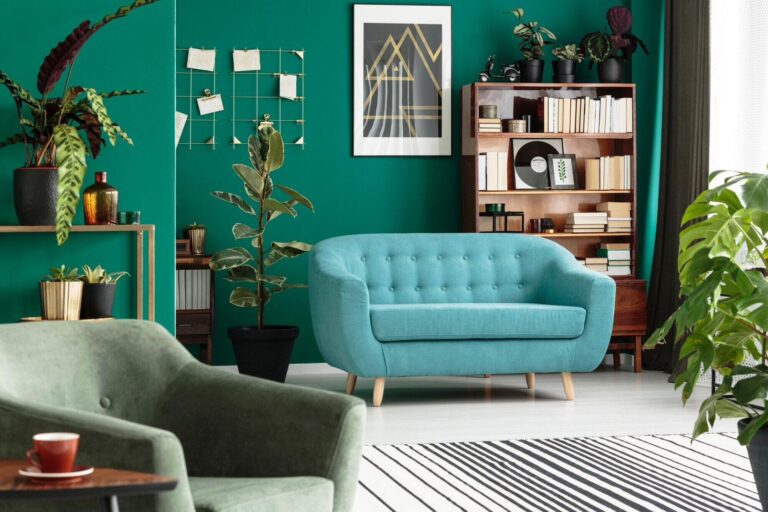The Complete Guide to Choosing the Right Materials for Your Bathroom Remodel
Introduction: Building the Perfect Bathroom from the Ground Up
When it comes to bathroom remodeling, the materials you choose play a crucial role in the final outcome. From the floor tiles to the vanity countertops, every element contributes to the bathroom’s functionality, durability, and aesthetic appeal. With so many options available, making the right choices can feel overwhelming.
When planning a bathroom remodel, it’s essential to consider hiring professional bathroom remodeling services to bring your vision to life with precision and expertise. Experienced bathroom remodelers can guide you through material selection, design choices, and ensure the project is completed to the highest standards.
This guide simplifies the process by breaking down the key materials you’ll need to consider, offering insights into how each option can transform your bathroom into a space that is both beautiful and practical.
Flooring: The Foundation of Your Bathroom
- Tile: The Classic Choice
Tile remains a popular choice for bathroom flooring due to its versatility, durability, and range of styles.
- Porcelain and Ceramic Tiles: These materials are the gold standard for bathroom floors. They’re water-resistant, durable, and come in countless designs, from wood-look tiles to intricate mosaics. Porcelain is denser and less porous than ceramic, making it slightly more durable and suitable for high-moisture areas like showers.
- Natural Stone: For a more luxurious look, consider natural stone tiles like marble, slate, or travertine. Each type of stone has its unique veining and color variations, adding a touch of elegance. However, stone is more porous and requires sealing to prevent stains and water damage.
- Alternative Flooring Options
While tile is the go-to for many, other materials offer unique benefits and can create a distinct look.
- Vinyl: Modern vinyl flooring is a budget-friendly option that mimics the appearance of more expensive materials like wood or stone. It’s waterproof, making it a practical choice for bathrooms, and is softer underfoot than tile, providing added comfort.
- Engineered Wood: If you love the look of hardwood but worry about moisture, engineered wood is a viable alternative. It consists of a plywood base with a hardwood veneer, offering the beauty of wood with better moisture resistance than solid hardwood. However, it’s still more susceptible to water damage than tile or vinyl.
Walls: Creating the Perfect Backdrop
- Tiles for Walls and Backsplashes
Wall tiles not only protect against moisture but also provide an opportunity to introduce color, texture, and pattern into your bathroom.
- Subway Tiles: Classic and timeless, subway tiles are a popular choice for bathroom walls and backsplashes. They’re versatile, easy to clean, and available in a variety of colors and finishes, allowing you to create anything from a minimalist look to a bold statement wall.
- Mosaic Tiles: For a more intricate design, consider mosaic tiles. These small tiles can be arranged in complex patterns or used as an accent to add visual interest. They’re ideal for backsplashes, shower walls, or even as a decorative border.
- Paint: A Budget-Friendly Option
For those on a budget, paint can be an effective way to transform your bathroom walls.
- Moisture-Resistant Paints: When choosing paint, it’s essential to select a moisture-resistant formula, particularly for areas like the bathroom where humidity is high. These paints are designed to withstand moisture and prevent mold and mildew growth.
- Choosing the Right Finish: The finish of the paint also matters. Satin or semi-gloss finishes are ideal for bathrooms because they’re more resistant to moisture and easier to clean than flat or matte finishes. They also reflect more light, which can help brighten up the space.
Vanities and Countertops: Balancing Style and Function
- Countertop Materials
The countertop is a key element of your bathroom vanity, providing both a functional workspace and a focal point for the room’s design.
- Quartz: Quartz countertops are a top choice for bathrooms due to their durability and low maintenance. They’re non-porous, which means they resist stains and do not require sealing. Quartz also comes in a wide range of colors and patterns, allowing you to find the perfect match for your design.
- Granite: Granite is another durable option, known for its natural beauty and unique patterns. While it’s more porous than quartz, regular sealing can protect it from stains and water damage, making it a long-lasting and attractive choice for bathroom countertops.
- Laminate: For those on a tighter budget, laminate countertops offer a cost-effective alternative. Modern laminates can mimic the look of more expensive materials, such as marble or granite, and are easy to clean. However, they’re less resistant to scratches and heat, so care must be taken to maintain their appearance.
- Vanity Materials
The material of the vanity itself should be chosen with durability and moisture resistance in mind.
- Solid Wood: Solid wood vanities offer a classic, high-end look and are highly durable. However, they must be properly sealed to protect against moisture. Consider a wood species like teak or oak, which are naturally more resistant to water damage.
- MDF and Plywood: Medium-density fiberboard (MDF) and plywood are common alternatives to solid wood. They’re more affordable and less prone to warping from moisture if properly sealed. These materials can be finished with veneers to mimic the appearance of real wood or other textures.
Showers and Tubs: Choosing the Best Materials
- Bathtub Materials
When selecting a bathtub, the material plays a crucial role in comfort, durability, and maintenance.
- Acrylic: Acrylic tubs are lightweight, affordable, and available in various shapes and sizes. They’re resistant to chipping and cracking and retain heat well, making them comfortable for long soaks. However, they can be prone to scratching, though these can often be buffed out.
- Cast Iron: For a more durable and luxurious option, cast iron bathtubs are unmatched. They’re coated with a thick layer of enamel, making them resistant to scratches and stains. Cast iron tubs are excellent at retaining heat, but they are also very heavy, requiring a sturdy floor and often professional installation.
- Shower Materials
The choice of materials for your shower affects both its appearance and functionality.
- Tile: Ceramic or porcelain tiles are the most popular materials for shower walls due to their water resistance and design flexibility. For a seamless look, consider using the same tile on the shower walls and bathroom floor.
- Glass Enclosures: Clear glass shower enclosures create an open, airy feel, making small bathrooms appear larger. Frameless designs offer a sleek, modern look, but they require precise installation to ensure water stays inside the shower.
Fixtures and Hardware: The Finishing Touches
- Faucet and Showerhead Finishes
The finish of your bathroom fixtures can enhance the overall design and provide a polished look.
- Brushed Nickel: Brushed nickel is a versatile finish that complements a variety of bathroom styles. It’s durable, easy to maintain, and doesn’t show water spots or fingerprints as easily as polished finishes.
- Matte Black: For a modern and bold statement, matte black fixtures are an excellent choice. This finish adds a touch of sophistication and contrasts beautifully with lighter colors and materials.
- Polished Chrome: Polished chrome is a timeless finish that works well in both traditional and contemporary bathrooms. It’s highly reflective, which can brighten up the space, but it does require regular cleaning to maintain its shine.
- Eco-Friendly Fixtures
Consider choosing fixtures that are not only stylish but also environmentally friendly.
- Low-Flow Faucets and Showerheads: These fixtures use less water without sacrificing performance, helping you conserve water and reduce your utility bills. Look for products with the WaterSense label, which certifies that they meet water efficiency standards.
- Dual-Flush Toilets: A dual-flush toilet gives you the option of using a full flush for solid waste and a reduced flush for liquid waste, further conserving water and lowering your household’s environmental impact.
Conclusion: Creating Your Ideal Bathroom
Choosing the right materials for your bathroom remodel is a balancing act between aesthetics, functionality, and budget. By understanding the pros and cons of each option, you can make informed decisions that result in a bathroom that not only looks beautiful but also stands the test of time. Whether you’re going for a luxurious spa-like retreat or a simple, functional space, the materials you choose will play a key role in bringing your vision to life. With careful planning and thoughtful selection, your bathroom can become a sanctuary that reflects your style and meets your needs for years to come.







